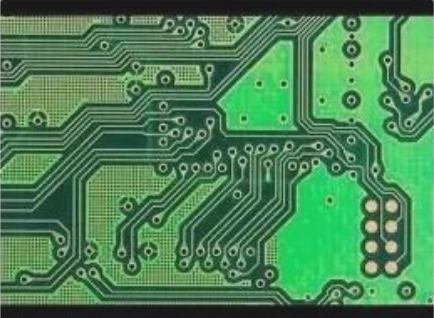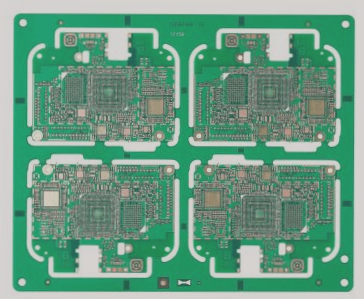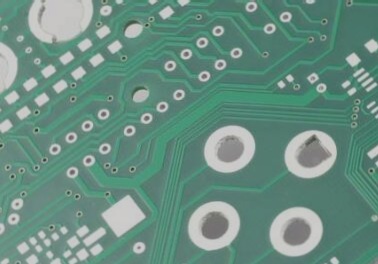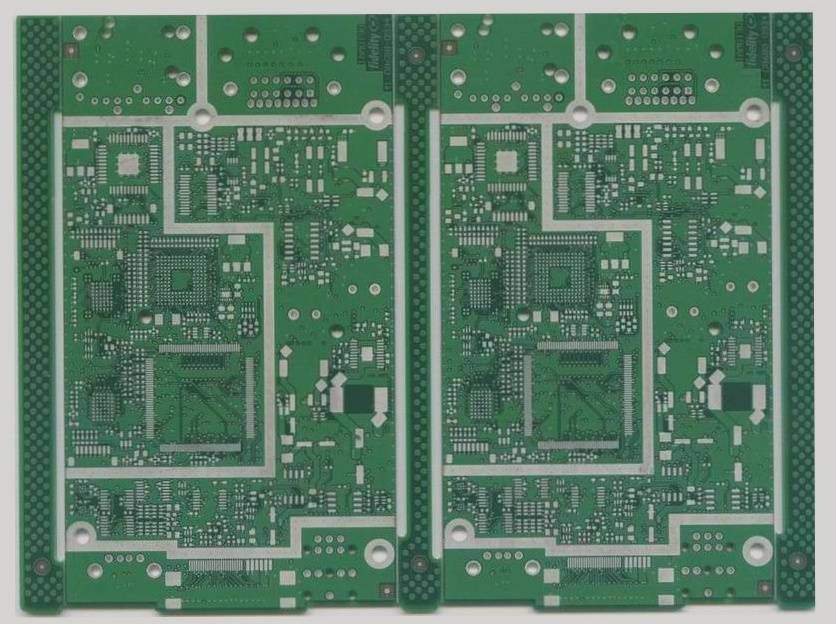The Evolution of Multilayer PCB Testing Methods
The demand for higher packaging density in multilayer PCB boards has led to the rapid advancement of testing technologies. Automated detection has become crucial and cost-effective even for low-density boards. Two standard methods for complex multilayer PCB testing are needle-bed and flying-probe tests.
Needle-Bed Test Method
The needle-bed test method involves connecting a spring-loaded probe to each detection point on the PCB board. These probes, grouped in “needle beds,” apply pressure to ensure good contact. Controlled by detection software, these probes can be programmed to test specific points and signals. While needle-bed testing can be done on both sides of a multilayer PCB board simultaneously, it is recommended to have all points on the soldered side during board design.
A primary standard probe array consists of pins with different center spacings, establishing direct mechanical connections on the board. Continuity detection is achieved by accessing the endpoint of the array, ensuring thorough testing. However, the proximity of the probe may limit the effectiveness of this method.
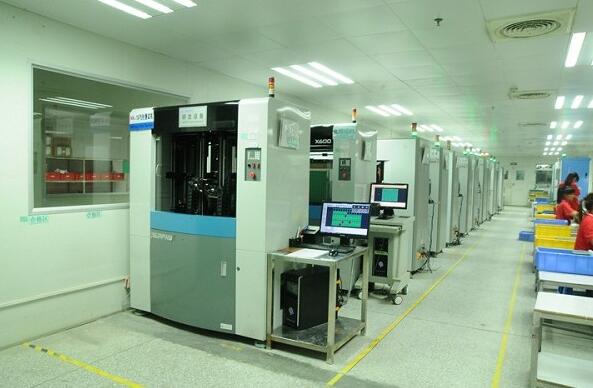
Flying Test
The flying test, also known as the dual probe test, operates independently of fixed pin configurations. This method uses two probes attached to a movable magnetic head, offering flexibility in testing points. The tester measures capacitance by pressing the PCB against an insulating layer on a metal plate, detecting potential shorts or breaks.
Testing speed is a critical factor in selecting a tester. While a needle-bed tester can test thousands of points simultaneously, a flying needle tester is limited to two or four points at a time. Despite being slower, flying needle testing technology is advantageous for manufacturers dealing with complex, lower-volume PCB production.
For bare panel testing, specialized instruments are available, or a universal tester combined with a flying tester can provide precise and economical testing for high-density multilayer PCBs.
Detection Methods
Detection methods for multilayer PCBs typically include bare panel detection, in-line detection, and functional testing. Universal testers are versatile and suitable for a variety of testing requirements, making them ideal for both standard and specialized applications.

